Higher classification Echinops | Tribe Cynareae Scientific name Echinops sphaerocephalus Rank Species | |
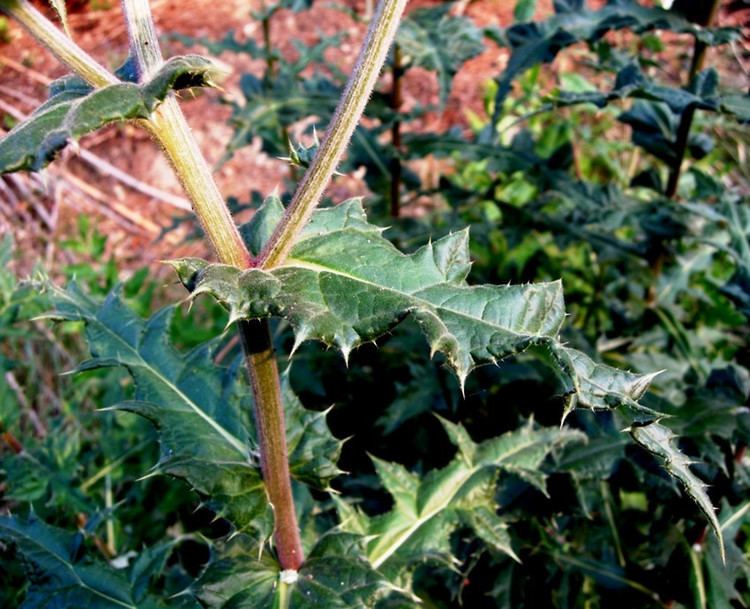 | ||
Similar Echinops, Echinops ritro, Ixeris strigosa, Evolvulus alsinoides, Euphorbia antiquorum | ||
Echinops sphaerocephalus white flower time lapse
Echinops sphaerocephalus, known by the common names glandular globe-thistle, great globe-thistle or pale globe-thistle, is a Eurasian species of globe-thistle belonging to the thistle tribe within the sunflower family.
Contents
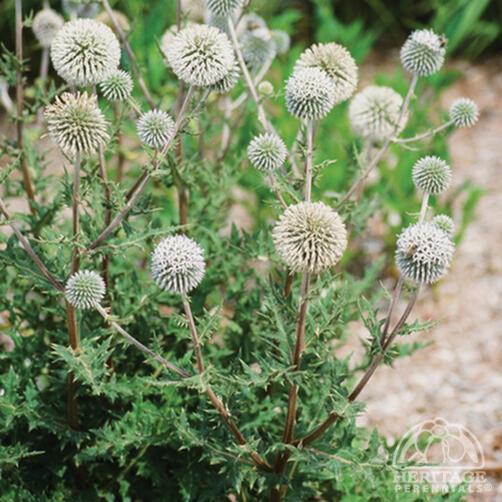
Etymology
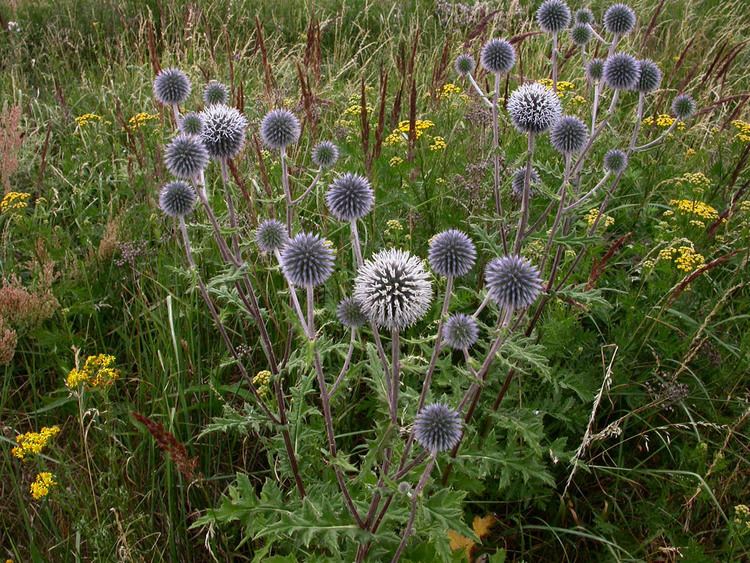
The genus name derives from the Greek words "ekhinos" meaning "hedgehog" and "opisis" meaning "aspect", or "ops" meaning "head", with reference to the appearance of the inflorescence, while the specific epithet sphaerocephalus derives from the words "sphaera" meaning "round" and "kephalos" meaning head.
Description

Echinops sphaerocephalus is a glandular, woolly perennial herbaceous plant with an average height of 50–100 centimetres (20–39 in), occasionally reaching 200 cm (80 inches).

Its erect branching, gray, slightly wrinkled and hairy stems bear the occasional large, soft, sharply toothed, sharp-lobed pointed green leaves. They are sticky hairy above, and white woolly below.
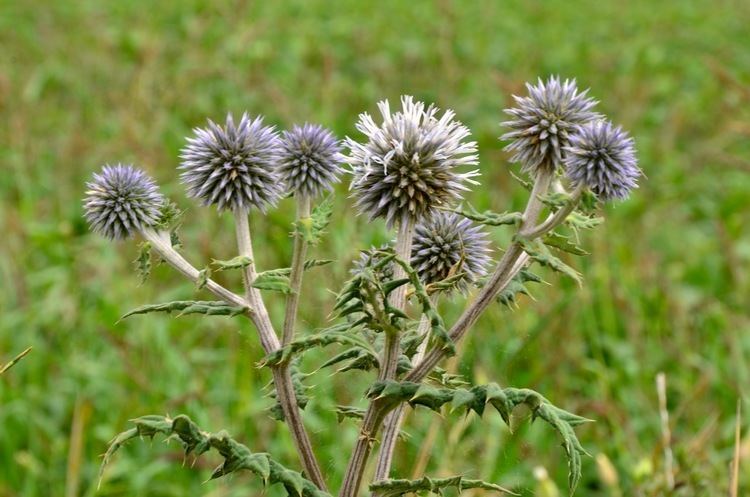
Atop each stem is an almost perfectly spherical inflorescence up to 6 cm in diameter, packed with white or blue-gray disc florets. It flowers from June until September.
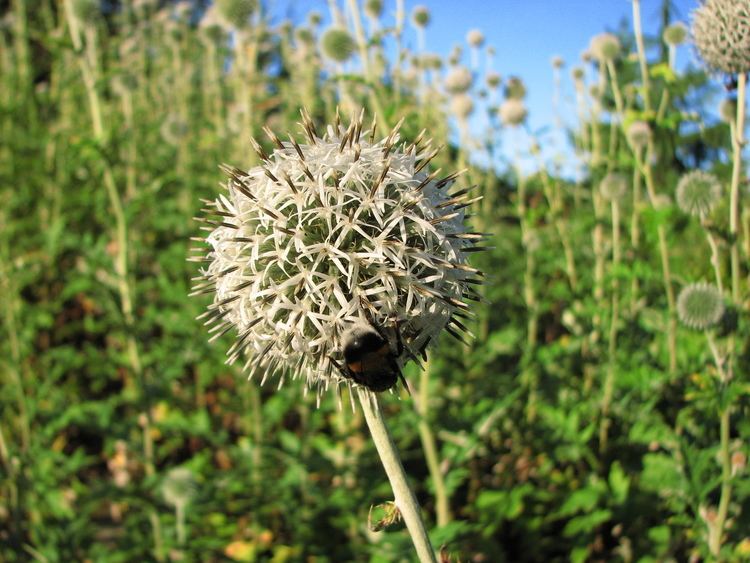
The flowers are pollinated by insects (usually bees, wasps and butterflies) (entomogamy) and are hermaphrodite (self fertilization or autogamy). The fruits are hairy cylindrical achenes about 7 to 8 mm long. They ripen from September through October. The seeds are dispersed by wind (anemochory).
Distribution
This species is widespread across much of Eurasia but it lives on other continents where it was introduced, including North America where it is a widespread weed. It is very common in the mountains of southern France and southern and central Europe.
Habitat
It grows in sunny, rocky or brushy places in more or less mineral rich soils at an altitude of 0–400 metres (0–1,312 ft) above sea level.
